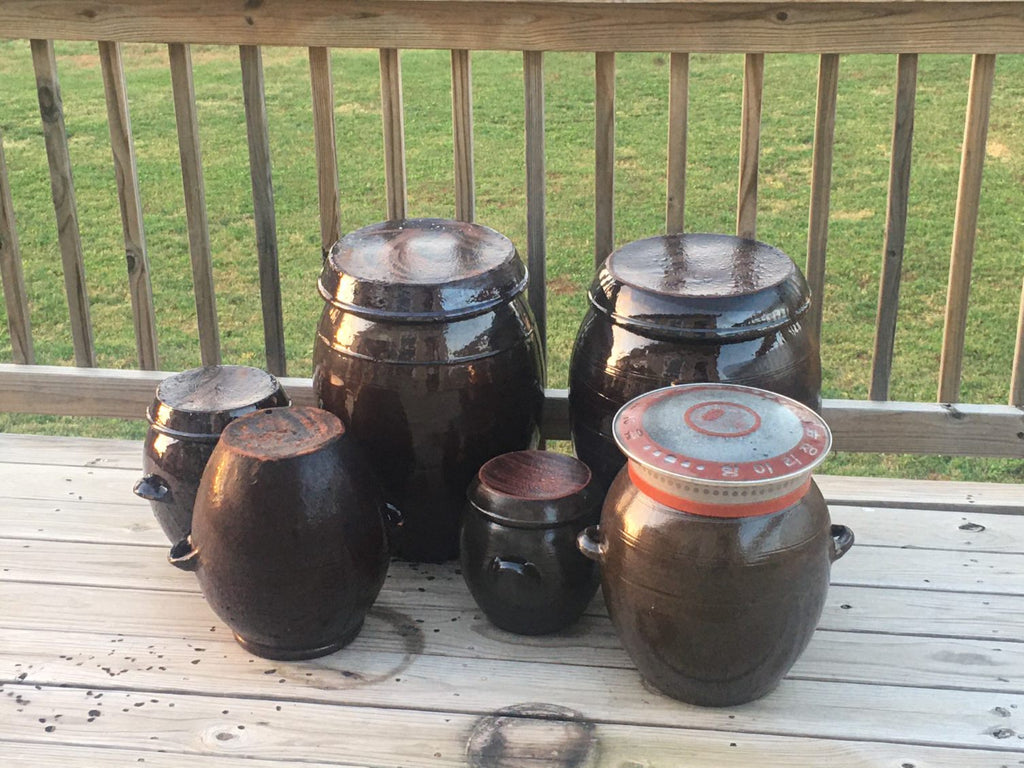For most households, it is the frigid conditions of winter when the luscious perennials of their backyard arrive at terminus until the spring day comes. A winter garden in Connecticut is typically bleak, drowned out by blankets of snow whose fleeting beauty run amuck when it intermingles with soil and earth. It provides no such conditions to grow out sustenance, let alone nurture the bare trees from going weak and emaciated. So why, in god’s name, would a young immigrant matriarch trek across her lawn every day and tend to a wasteland? Was she out of her mind? Was she hiding a dead body? These questions riddled my western neighbors as they’d watch my mom ferment and harvest pounds of kimchi every winter in the onggi earthenware crock buried in our backyard.
The idea of installing the pot came as per the suggestion of my weh-halmeoni (maternal grandmother) who, upon one visit to her daughter’s new home in America with her husband and two kids, saw potential in their small, bleak yard. She was confident that the best flavors of kiimchi come up from the ground, any ground. Even New England was a level playing field. Halmeoni proved to be 100% right. Through many winters, our familial onggi pot supplied us with garlands of ripe, vermillion kimchi, that my mom so often had to rake her bare fingers through thick snow to unlid and forage. It was nothing short of flabbergasting to witness the process; the heavy vessel weighed down with tough heads of cabbage or daikon radish, cups of coarse gochugaru flakes, and probably a whole box of Diamond Crystal Kosher salt I had helped my mom bury a year before, served as the perfect matchmaker for the sundry ingredients, marrying them off into an integral whole come the following year’s February I saw them next.
The earthenware crock fermenting in the Connecticut winter was my family’s kimjang. Our buried kimchi never waivered in its ability to taste amazing just as its existence in our backyard never failed to perplex the next-door residents sneaking peeks from their kitchen windows. I would have probably drowned in embarrassment but I was too preoccupied with eating the kimchi as banchan, in jjigae, even past its prime stir-fried into bokkeumbap to let any inkling of prophesied cultural shame sour my hunger. Echoing halmeoni’s wisdom, the kimchi pot had a natural place in our backyard. It fed, sustained, and preserved us - in the frigid conditions that persisted in New England’s social and thermal climates alike. Kimchi - the process and product -reminded my family, and me in particular, to firmly root our Korean culture in American soil.
Justine Lee is a food writer, recipe developer, and culinary consultant based in New York City. Read her work here.

